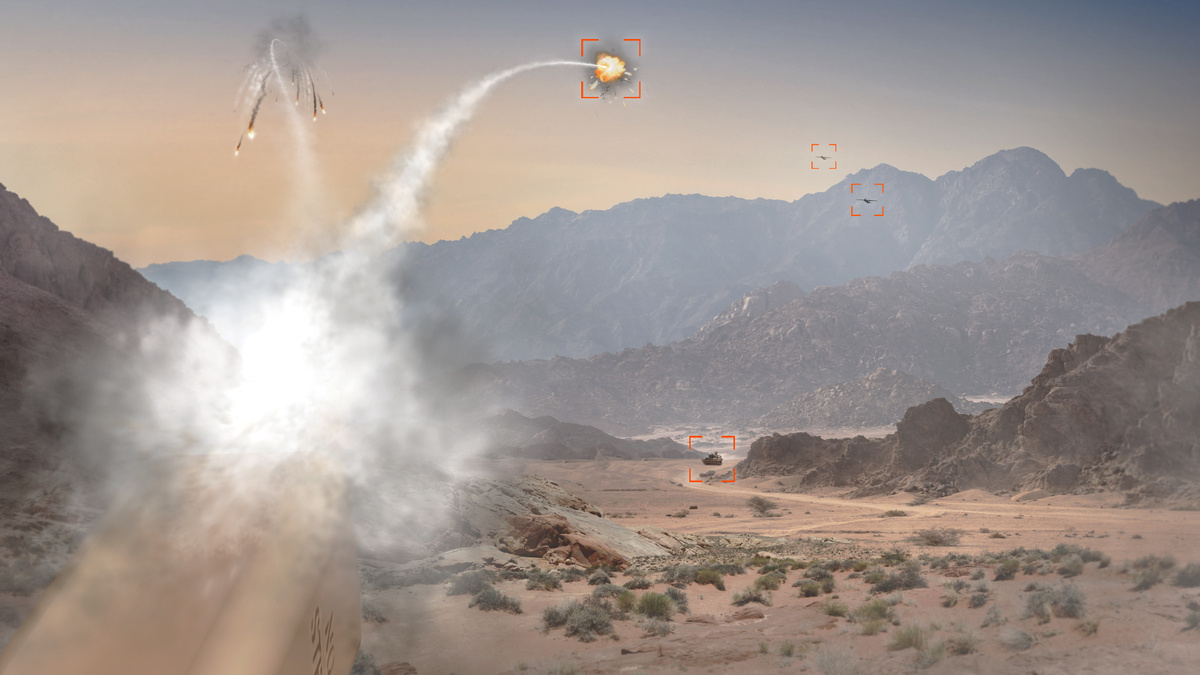US will give Ukraine experimental laser guided missile systems to destroy Shahed-136 kamikaze drones

The Ukrainian Armed Forces will receive missiles from the USA to counter Iranian-made Russian drones. We are talking about Shahed-136 kamikaze drones.
Here's What We Know
Recently the US Department of Defense published information about new $2.1bn and $500m military aid packages for Ukraine. 10 mobile laser-guided missile systems were on the list. They were included in the military aid package after the US Army in January was looking for a system to fight against kamikaze drones Shahed-136.
SAIC was involved in the bid. A spokesman for the defence contractor confirmed to Defense One that the 10 mobile missile systems included in the military aid package were SAIC's development.

The Russian military is using Shahed-136 drones to strike not only military targets, but also civilian infrastructure. The drone costs $20,000 per drone, but it sometimes has to use $500,000 worth of missiles to destroy it.
Contract documents provided by the US Army state that the service needs a system to destroy drones weighing 25kg or more. Shahed-136 weighs around 200kg. It also says the development should be ready for shipment to foreign partners within 30-90 days of the contract being awarded. In addition, the systems could be paid for with funding for security assistance to Ukraine.
In tests in January, SAIC used BAE Systems' APKWS laser guided missiles. The tests demonstrated 100 per cent accuracy of the weapon. Greg Fortier, one of the US company's vice presidents, said the missile cost less than $30,000.
The system includes an M240 machine gun and an electronic warfare system capable of intercepting any civilian drone, including DJI quadcopters. According to Fortier, SAIC's development was able to detect the drone at a distance of nearly 10km and destroyed it at about 5km with an allowable range of 2km.
Source: Defence One